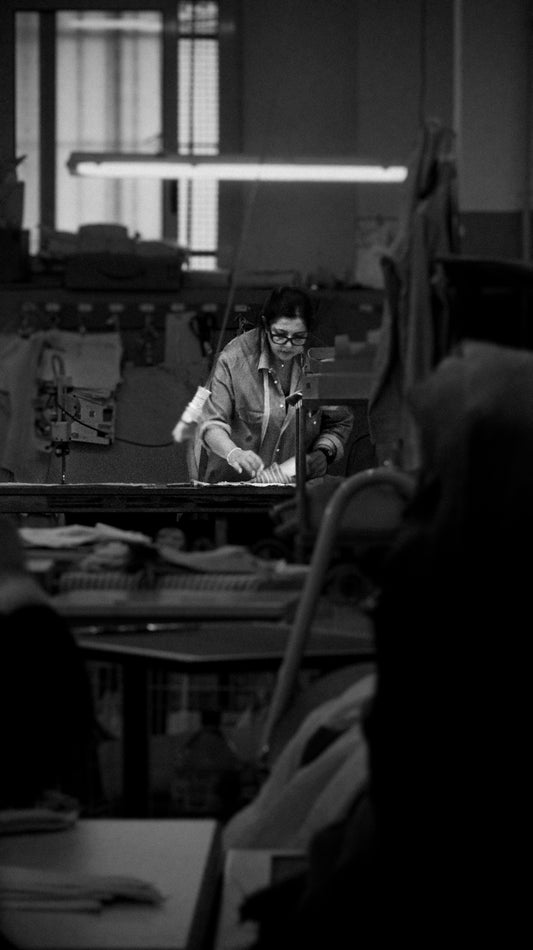
Fit and Movement: When the Shirt Follows the Gesture
We often think of shirts in terms of aesthetics — the cut, the fabric, the collar. But there’s something else, less visible and perhaps even more important:
how a shirt makes us move.
Every piece of clothing interacts with the body. It either follows your natural movement, or it resists it.
And that difference, though subtle, changes everything.
What studies tell us about movement and clothing
Research in posture and non-verbal behavior confirms it: what we wear influences how we move through space.
A stiff or poorly fitted shirt restricts motion. It changes how we breathe, how we gesture, how we carry ourselves.
A well-crafted shirt, on the other hand, supports the body without getting in the way. It frees the gesture.
You open your shoulders. You lift your gaze. You move more easily. You don’t think about what you’re wearing — because it’s working with you, not against you.
Design affects movement
Some details may seem purely aesthetic, but they serve a real function:
-
A higher armhole allows greater range of motion without shifting the whole garment.
-
A soft Neapolitan shoulder prevents unnecessary tension when wearing a jacket.
-
A properly balanced collar lets your head rest naturally.
-
Well-fitted cuffs ensure that writing, pouring, or shaking hands feels natural and unforced.
These aren’t just tailoring flourishes. They shape the way we exist in our clothes — and in the world.
Why it matters
Because how we move communicates more than we think.
Posture, gestures, and presence all play a role in how we’re perceived — and how we feel.
When a shirt supports your body rather than restricts it, you’re more open, more relaxed, more yourself.
True luxury today is freedom of movement.







